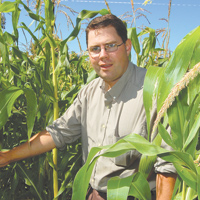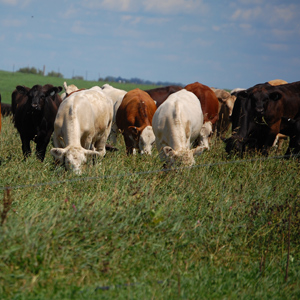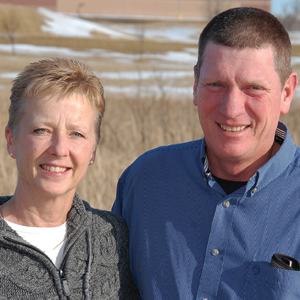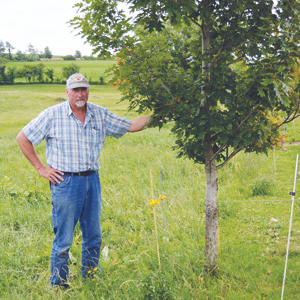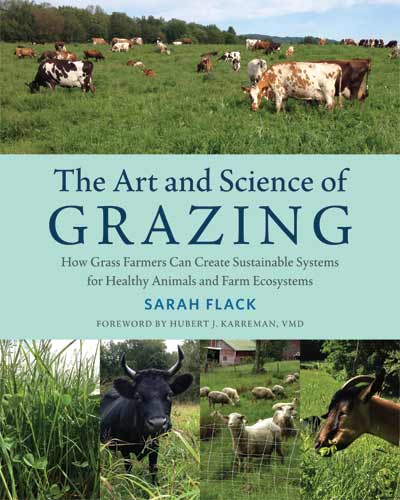Reverence Farms taking ‘local’ to another level
By Joel McNair
Saxapahaw, North Carolina — Quite frankly, what is taking place here at Reverence Farms is almost too much to describe.
There’s the 45-cow dairy herd with its rapidly growing raw milk sales program, plus the possibility of a further-processing venture at some point in the future. There’s the Jersey linebreeding program and bull/semen sales based on genetics that do well on no-grain rations and mediocre forages, along with a variety of milk qualities ranging from ultra-high solids to A2A2 genetics.
Continue reading “Rebuilding soils and community”

